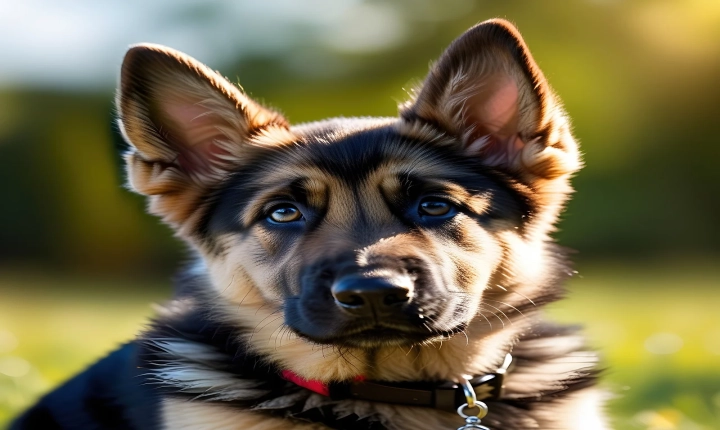Title: Exploring the Creative Power of AI: How to Generate an Image with Machine Learning
In recent years, the field of artificial intelligence (AI) has made significant strides in various domains, including the creative arts. One particularly fascinating application of AI is image generation, where machine learning algorithms produce realistic and visually striking images. This process allows for the creation of unique and compelling visuals, with potential applications in art, design, and other creative endeavors.
Generating images with AI involves the use of advanced neural networks, specifically generative adversarial networks (GANs) and variational autoencoders (VAEs). These models can learn to generate new, high-quality images by analyzing large datasets and identifying patterns and features within the data. By leveraging these learned patterns, AI algorithms can then produce novel and realistic images that may resemble natural scenes, human faces, abstract art, or any other visual content.
The process of generating an image with AI typically involves the following steps:
1. Data Collection: To train an AI model for image generation, a diverse and extensive dataset of images is required. This dataset serves as the foundation for the AI to learn and generate new images. The images can range from photographs of landscapes, animals, or human portraits to abstract artwork and digital graphics.
2. Training the Model: Once the dataset is assembled, it is used to train a generative model such as a GAN or VAE. During training, the AI model learns the underlying patterns and structures within the images, and it adjusts its parameters to generate increasingly realistic visuals.
3. Generating Images: After the model is trained, it can be used to generate new images by providing input to the network. The AI algorithm will then produce output images based on the learned patterns and features from the training data. The generated images can exhibit a wide range of styles and characteristics, depending on the specific model and training data.
4. Refinement and Iteration: The generated images can be further refined and improved through iterative processes. By adjusting the model’s parameters and input conditions, users can influence the style, content, and quality of the generated images to suit their specific needs and preferences.
The applications of AI-generated images are diverse and wide-ranging. For example, in the field of art and design, AI-generated visuals can serve as a source of inspiration for artists and designers, providing new and innovative ideas for creative projects. Additionally, AI-generated images can be used in advertising and marketing to create eye-catching and compelling visual content that resonates with audiences.
In the realm of entertainment and media, AI-generated visuals can contribute to the production of virtual environments, special effects, and digital content for movies, video games, and immersive experiences. Furthermore, in scientific research and education, AI-generated images can be utilized to illustrate complex concepts, simulate natural phenomena, and visualize data in innovative ways.
Despite the remarkable capabilities of AI in generating images, there are also challenges and considerations to be mindful of. Ethical implications, such as the potential misuse of AI-generated content or the perpetuation of bias in the training data, require careful attention. Transparency in the creation and use of AI-generated images is essential to ensure that the technology is leveraged responsibly and ethically.
In conclusion, the ability to generate images with AI represents a compelling intersection of technology and creativity. By harnessing the power of machine learning, individuals and industries can explore new frontiers in visual expression and innovation. As AI continues to advance, the potential for generating captivating and meaningful images through artificial intelligence will only continue to expand, opening up new possibilities for artistic expression, design, and visual storytelling.
